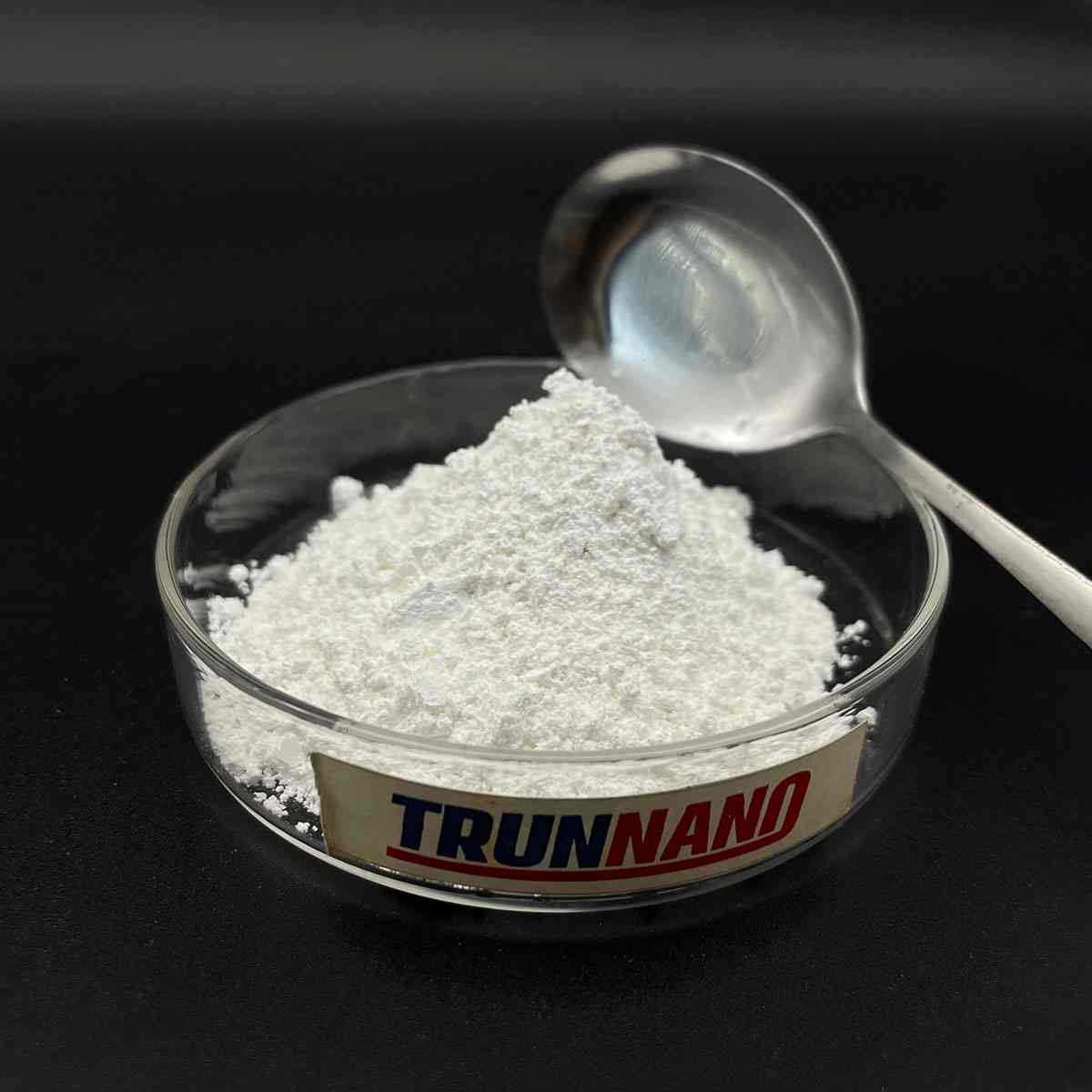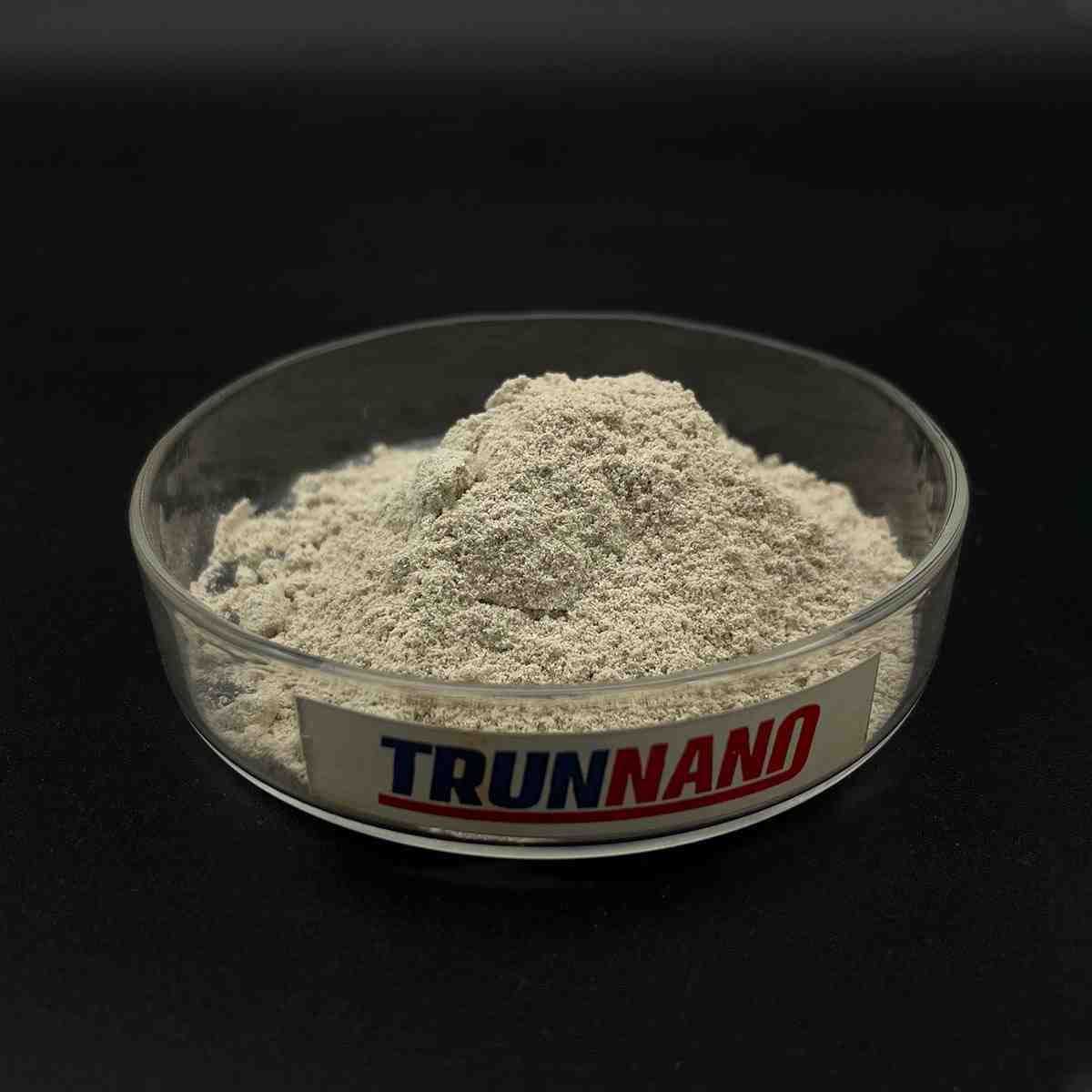Overview of 99.99% In2Se3 Powder Indium Selenide powder
Telluride and selenide compounds play a significant role in the field of semiconductors, particularly in the development of advanced electronic and optoelectronic devices. These materials belong to the chalcogenide family, characterized by their ability to form compounds with elements from groups IV-VI in the periodic table.
Tellurides: Compounds containing tellurium (Te) as the chalcogen. Examples include cadmium telluride (CdTe), mercury telluride (HgTe), and zinc telluride (ZnTe). These materials have found applications in solar cells, infrared detectors, and high-speed electronics due to their tunable bandgap, high electron mobility, and good thermal stability.
Selenides: Similar to tellurides, but with selenium (Se) replacing tellurium. Notable examples are cadmium selenide (CdSe), gallium selenide (GaSe), and zinc selenide (ZnSe). Selenide compounds are widely used in light-emitting diodes (LEDs), laser diodes, and solar cells due to their direct bandgap properties and efficient light absorption/emission capabilities.
Feature of 99.99% In2Se3 Powder Indium Selenide powder
Direct Bandgap: Many telluride and selenide semiconductors have direct bandgaps, which facilitate efficient light emission and absorption processes. This makes them suitable for optoelectronic applications such as LEDs and lasers.
Tunable Bandgap: The bandgap of these materials can be adjusted by alloying or altering the composition (e.g., CdSe to CdTe), enabling customization for specific device requirements across a wide spectrum of wavelengths.
High Electron Mobility: Materials like HgCdTe exhibit high electron mobility, which is crucial for high-speed electronic devices and low-noise detector applications.
Thermal Stability: Some tellurides and selenides, like ZnTe and ZnSe, demonstrate good thermal stability, making them suitable for high-temperature operation and processing.
Non-Toxic Alternatives: With increasing environmental concerns, there’s a push towards exploring less toxic alternatives to commonly used semiconductors. For instance, Cd-based tellurides and selenides are being replaced or combined with less toxic elements like Mg or Mn in some applications.

(99.99% In2Se3 Powder Indium Selenide powder )
Parameters of 99.99% In2Se3 Powder Indium Selenide powder
Indium selenide (In2Se3) is a fascinating material with a wide range of applications, particularly in the realm of optoelectronics and semiconductors due to its unique properties. With a purity level of 99.99%, this high-quality In2Se3 powder is a sought-after component in various industries.
In2Se3 is an inorganic compound composed of indium and selenium, where two indium atoms are bonded to three selenium atoms, forming a trigonal prismatic structure. Its exceptional purity ensures minimal impurities, making it ideal for sensitive electronic devices and advanced photovoltaic technologies. The high percentage of indium in the compound contributes to its excellent electrical conductivity and high carrier mobility, which are crucial for efficient energy transfer and signal processing.
One of the key features of In2Se3 is its direct bandgap, around 1.5 eV at room temperature, which allows for efficient absorption and emission of light. This property makes it an attractive material for optoelectronic applications such as photodetectors, solar cells, and light-emitting diodes (LEDs). The combination of high efficiency and tunable bandgap enables the development of thin-film devices with improved performance.
Moreover, In2Se3 has shown promise in thermoelectric applications, where it can convert waste heat into electricity. Its high Seebeck coefficient and relatively low lattice thermal conductivity make it an efficient material for thermoelectric generators and coolers, contributing to the development of green energy solutions.
In terms of synthesis, the 99.99% pure In2Se3 powder is typically produced through various methods, including chemical vapor deposition (CVD), hydrothermal synthesis, or solid-state reactions. These processes ensure a consistent particle size distribution and morphology, which is critical for optimal device performance.
Processing techniques, such as sputtering, evaporation, or milling, can further tailor the powder’s properties to meet specific requirements. The fine-grained nature of the powder facilitates better integration into thin films and enhances the overall performance of the final products.
However, despite its many advantages, In2Se3 also faces some challenges. It is a brittle material, which can limit its applicability in certain mechanical stress environments. Additionally, the synthesis process can be complex and expensive, especially for large-scale production. Researchers and manufacturers continue to explore ways to overcome these limitations by developing new synthesis methods and improving the material’s processing techniques.
In conclusion, 99.99% pure In2Se3 powder is a high-performance material with significant potential in optoelectronics, thermoelectrics, and other advanced technologies. Its exceptional purity, direct bandgap, and unique properties make it a valuable component in a wide range of applications, driving innovation and progress in the field of materials science. As research continues, we can expect to see further improvements in its performance and widespread adoption in various industries.

(99.99% In2Se3 Powder Indium Selenide powder )
FAQ of Semiconductor Materials
Inquiry us






